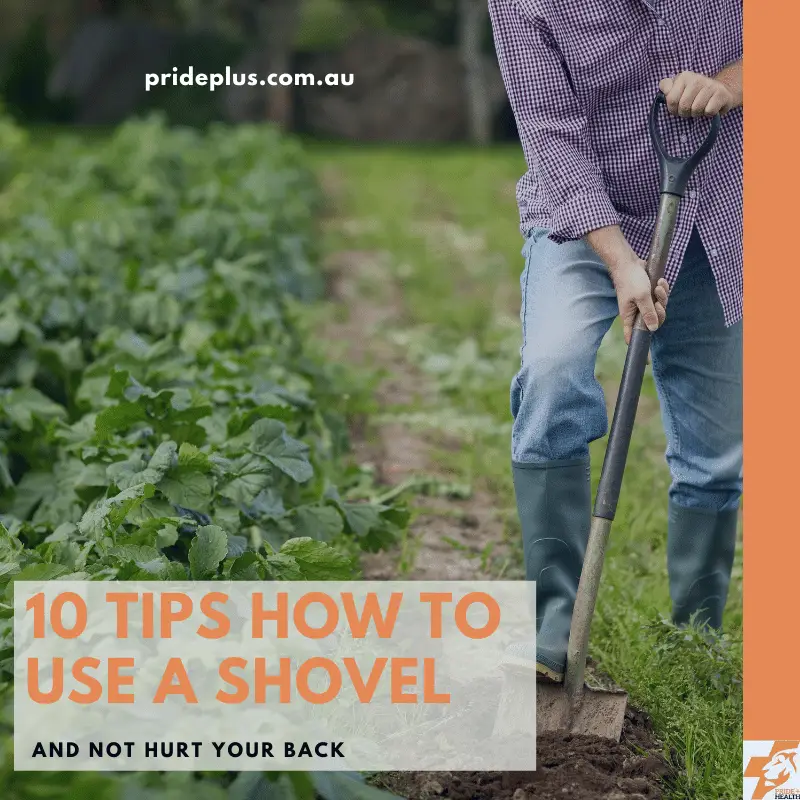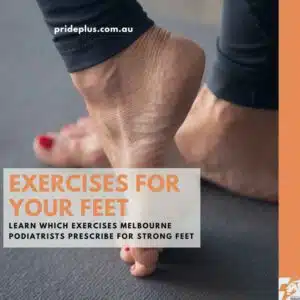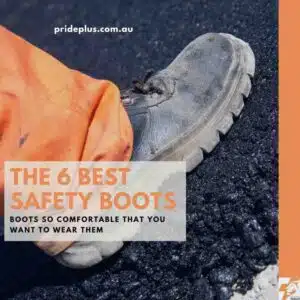We all know how to use a shovel, it’s pretty straightforward really. It is so mundane that we don’t often ‘THINK’ about the right way to do it.
But bear with me… Stop, Pause and Think!
Did you know that
- Shovelling is the least ‘efficient’ of all manual tasks. It consumes more energy to produce the same amount of effort.
- Injuries from shovelling are very common. Mostly lower back injuries or shoulder injuries. Shovelling subjects the lower back to large compressive forces. Here is a detailed post on the biomechanics of shovelling injuries.
So now that we have established the importance of ‘knowing’ shovelling or digging, here it is…
10 Tips How to Use A Shovel
Read on, before you plant a fruit tree or dig some roots out in your backyard.
- Safety first! Wear protective gardening gloves and sturdy covered boots to protect your feet.
- Choose a lighter shovel with a hollow design, this reduces the shovel weight. Fiberglass ones are popular these days.
- A shovel that reaches your elbow height is the right one for you. Select a large square point blade for shovelling and a round point blade for digging, a step is useful for digging in hard soil.
- Warm up! Shovelling is strenuous so do as your favourite footy players do and spend some time getting limbered up. A warm up routine from your physio combined with some other gardening chores first is a great start.
- Keep your feet apart for a wide stable base. Work in a radius close to your body and avoid overreaching.
- Do not lift more than 7kgs at one go. This includes the weight of the shovel. Keep it light!
- The optimal throw distance is 1 metre and throw height is 1.3 metres. Keep the bin or wheelbarrow reasonably close to you. Turn your feet in the direction of the throw, instead of just twisting your back.
- An optimal shovelling technique looks smooth and co-ordinated like a rowing motion. Replace the old adage “lift with your legs instead of the back” with a more appropriate “lift with your legs AND back, using your arms efficiently”. You will find more tips like this on our return to work planning page.
- A stooped posture is less efficient than an un-stooped posture. A percentage of back strength goes towards maintaining the stooped posture, in addition to the high energy demands of the shovelling task itself. If you have ever wondered why gardening tasks (most involve stooped postures) are hard on the back, you have the answer now.
- Avoid shovelling for longer than 15 minutes continuously. Beyond this, fatigue builds up quickly, resulting in injuries. Take breaks and enjoy a cuppa as you marvel at your progress.
The Bottom Line
That’s it! If you can follow these tips you’ll now not only know how to use a shovel, but how to use a shovel safely. Protect your body, your back and your shoulders with these tips and you’ll enjoy ticking off those garden chores.
If you’ve already overdone it with the shovel or spade before finding these tips then we’re here to help. You can book in online with our physiotherapy team here.




